In London, Try Shokupan, the Japanese Bread
Its thin, soft crust, spongy texture, and, like rice, its neutral, light flavour, differentiate it from other types of bread.

©Aiste Miseviciute
According to Motoko McNulty, baker and owner of Happy Sky Bakery in London, the main difference between bread eaten in Japan and that consumed in Europe is that bread is usually an accompaniment to a meal in Europe, while in Japan it is more of a snack by itself. Japanese bread is also fluffier and richer. Motoko McNulty, who has been living in London since 2007, specialises in shokupan (which can be translated as ‘eating bread’)—white, airy, square-shaped bread that’s eaten slightly toasted for breakfast or used for sandwiches.
Motoko McNulty bakes 500 shokupan per day, which she sells to various Japanese cafés and shops and in her little bakery in Shepherd’s Bush, London. Her bread contains no preservatives or additives and is one of the best Japanese breads available in London.
An accidental discovery
Bread was introduced in Japan by accident when a ship carrying Portuguese travellers berthed at Nagasaki in 1543. However, European bread was too crusty and lacking in flavour for Japanese tastes and it took 300 years to adapt it to the liking of the general public. It was in 1875 that former samurai Yasubei Kimura created anpan, a sweet and soft white bread filled with red bean paste. It was an instant success and marked the beginning of Japan’s love affair with bread.
More information on Happy Sky Bakery can be found on its website.
Address: 94 Askew Rd, White City, London W12 9BL
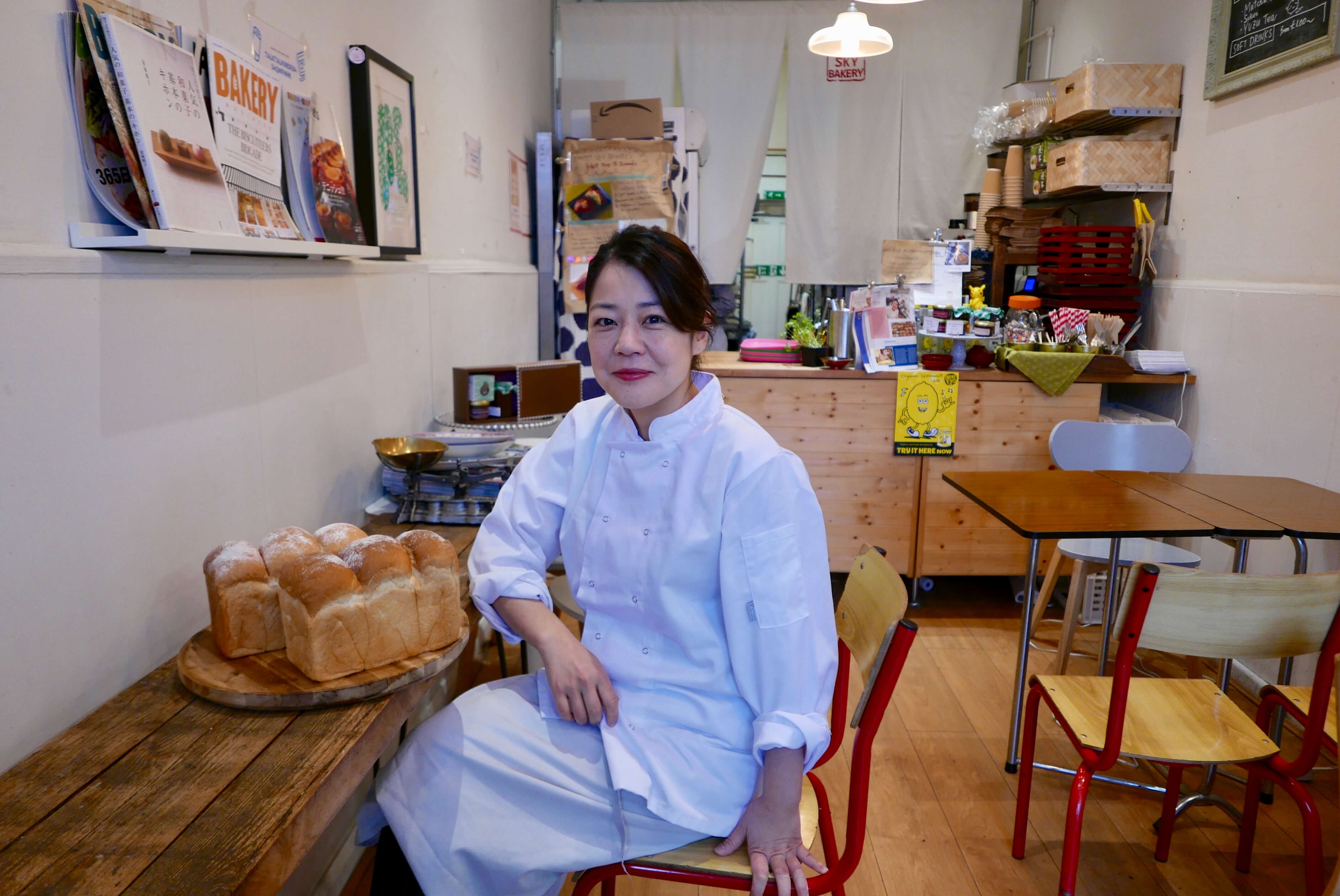
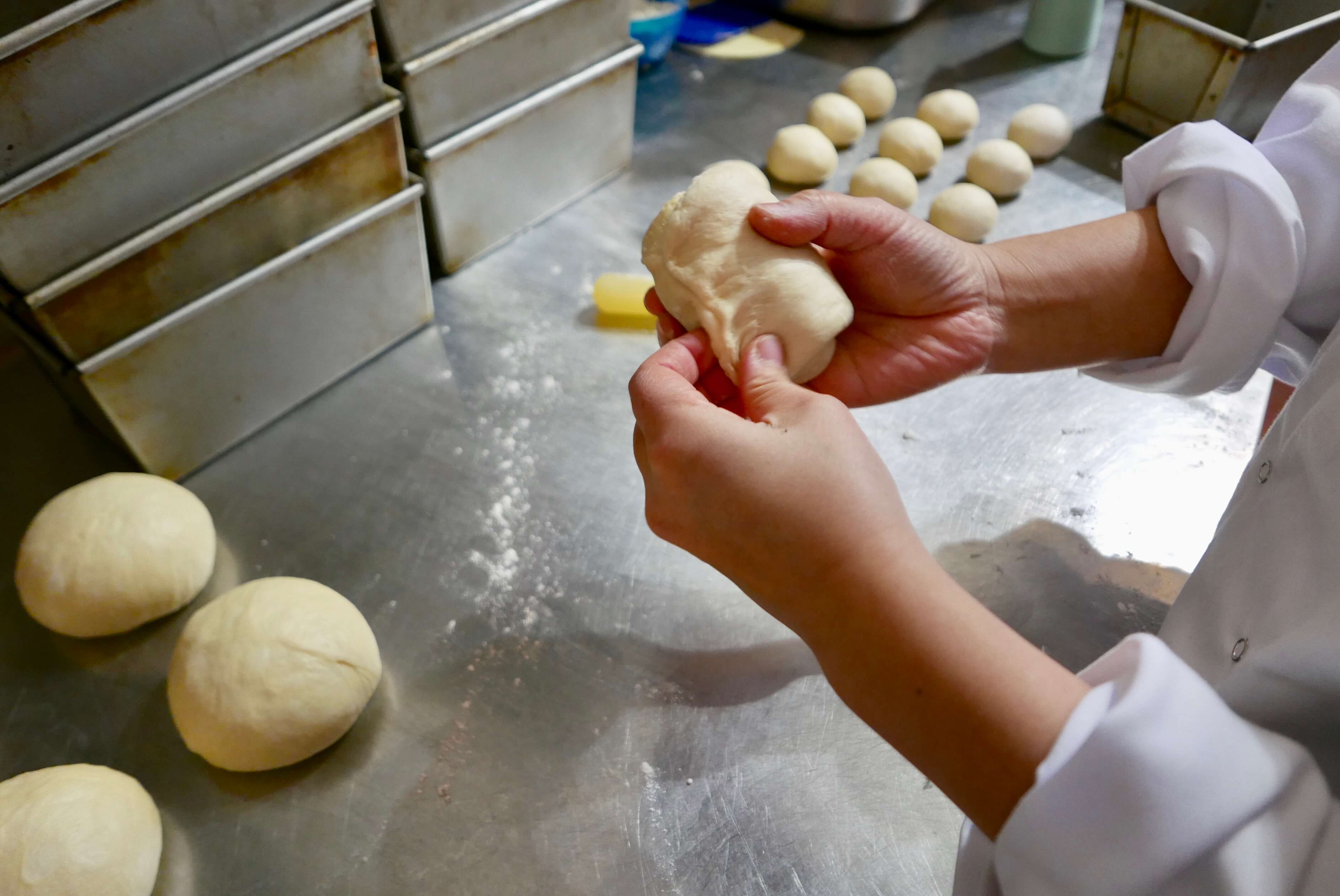
©Aiste Miseviciute
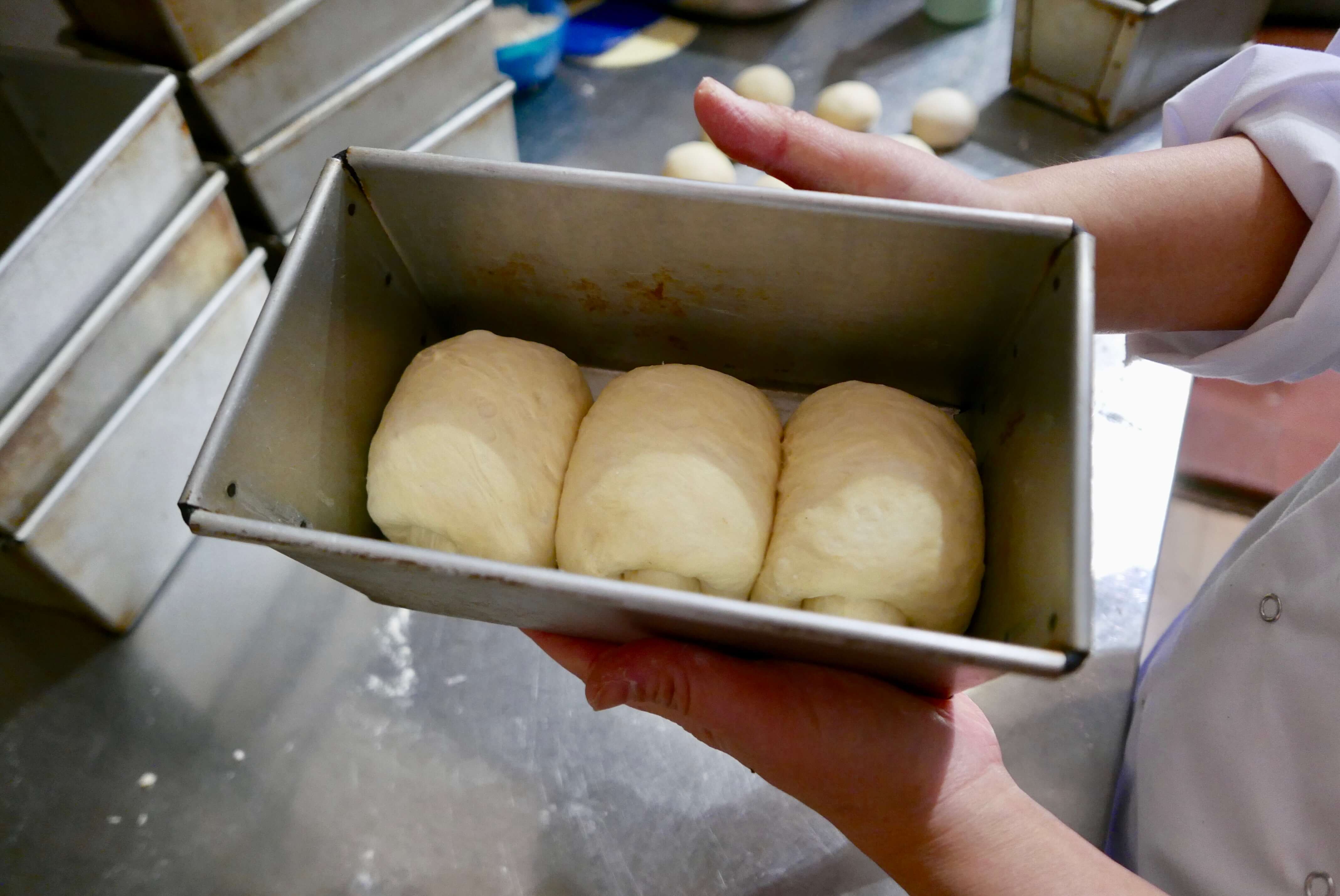
©Aiste Miseviciute
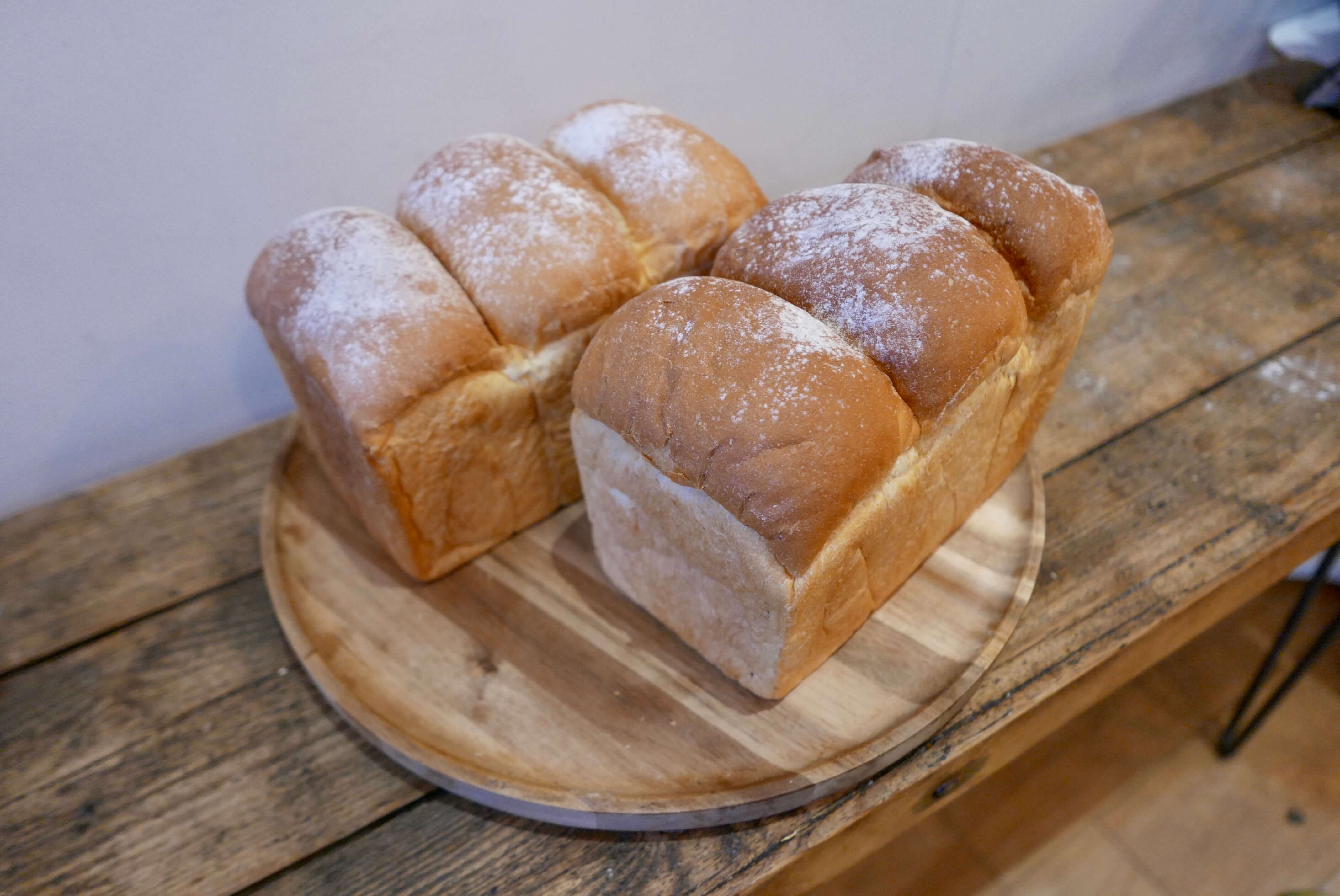
©Aiste Miseviciute
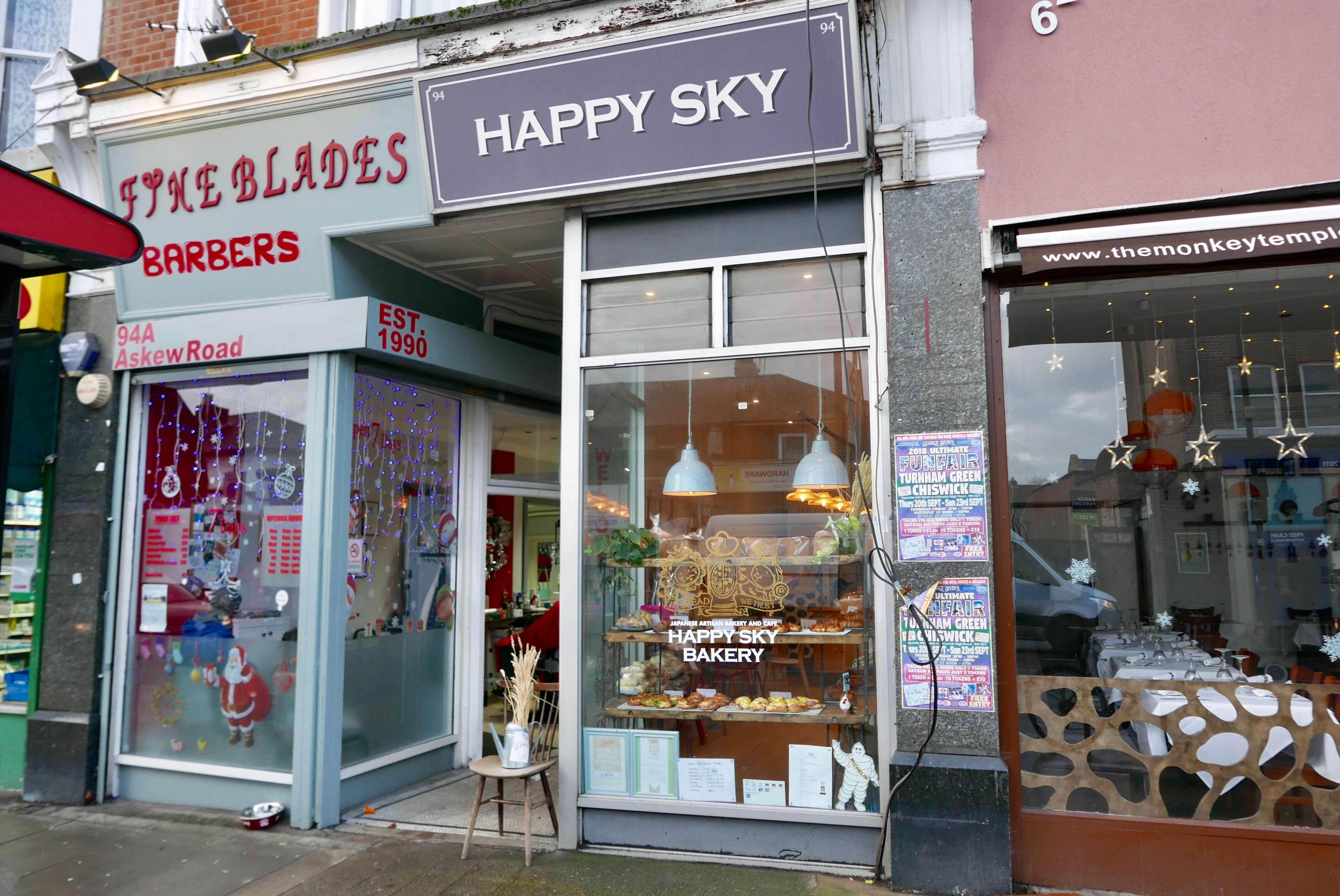
©Aiste Miseviciute
TRENDING
-
The Tattoos that Marked the Criminals of the Edo Period
Traditional tattoos were strong signifiers; murderers had head tattoos, while theft might result in an arm tattoo.

-
Paris, Tokyo: Robert Compagnon
With his co-chef and talented wife, Jessica Yang, Robert Compagnon opened one of the top new restaurants in Paris: Le Rigmarole.
 3:31
3:31 -
Chiharu Shiota, Red Threads of the Soul
Last year, more than 660,000 people visited the retrospective 'Chiharu Shiota: The Soul Trembles' exhibit at the Mori Art Museum.

-
‘Before Doubting Others, Doubt Yourself. Who Can Truly Say a Dish Isn’t What It Used to Be?’
In ‘A Non-Conformist’s Guide to Surviving Society’, author Satoshi Ogawa shares his strategies for navigating everyday life.

-
The Story of Sada Yacco, the Geisha who Bewitched Europe
Described by Dazed magazine as the first beauty influencer, she has been restored to her former glory since 2019.





